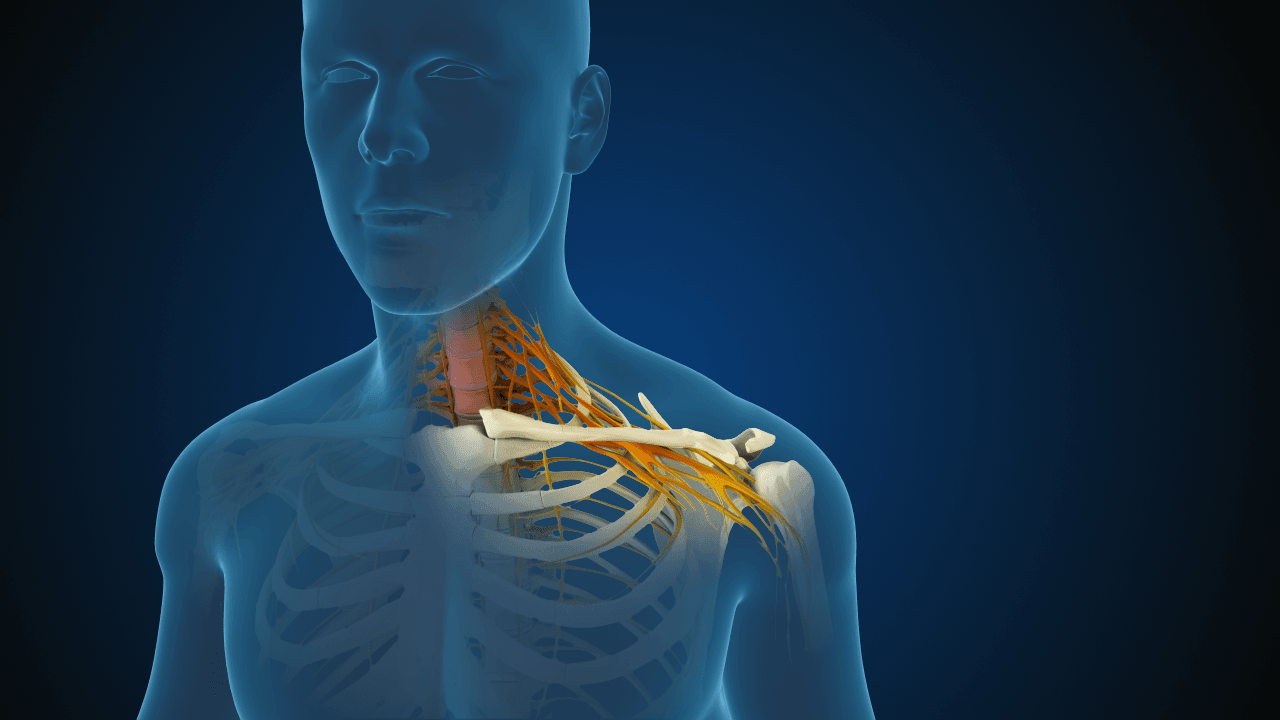What is Cervical Radiculopathy?
Cervical radiculopathy alludes to harm or aggravation of the nerve roots inside the cervical or neck zone. All in all, manifestations related to cervical radiculopathy are restricted to the neck, chest, shoulders, arms, and upper back. Bothering and injury to the nerve roots inside the cervical region can bring about symptoms of pain and distress around the neck and furthest points, alongside muscle weakness or tangible shortfalls (e.g., loss of sensation) in these areas. On certain occasions, people report impressions of numbness or shivering inside the hands and fingers.
Cervical Radiculopathy Causes
Manifestations of cervical radiculopathy are brought about by the pressure of the nerve root inside the cervical spine. Cervical nerves venture from the cervical spine (i.e., the neck) at every one of the seven cervical vertebrae. These nerves give engine capacity to the fingers, hands, arms, and shoulders. Further, cervical nerves transmit tactile information back and forth between the skin and muscles in these regions, and the mind. In this way, cervical radiculopathy may happen at any of the seven areas along the cervical spine.
The pressureof the cervical nerve roots can be brought about by various conditions. One of the most well-known of these conditions is cervical plate herniation or circle break. In the middle of every one of the vertebrae that include the cervical spine are intervertebral plates. These circles are built with an intense, sinewy external layer and a delicate, gooey gel inward layer. This permits them to go about as safeguards for the vertebral bones. At the point when the intervertebral plates become harmed or aggravated, they can herniate, or protrude, out. This plate herniation places pressure on different structures inside the cervical spine, including the base of the cervical nerve, causing the disturbance related to cervical radiculopathy.
Thus, stenosis of the cervical spine can likewise prompt side effects of cervical radiculopathy. This happens when the cervical spine starts to experience changes related to degeneration. Frequently, the spaces inside the spinal channel start to fix, which can put extra weight on the cervical nerve root. Cervical degenerative circle sickness can likewise prompt cervical radiculopathy. All the more explicitly, when the plates of the cervical spine start to deteriorate after some time, they are in danger of squeezing a cervical nerve.
Cervical Radiculopathy Treatment
For most people with cervical radiculopathy, non-operative treatment strategies can be profoundly successful. Basic mediation suggestions include:
- Immobilization utilizing a cervical neckline
- Physical therapy and control
- Pharmacotherapy
- Steroid infusions
As far as pharmacotherapy choices, non-steroidal mitigating drugs (NSAIDs) are demonstrated to be successful in overseeing neck and back pain. Truth be told, numerous doctors view NSAIDs as their first-line treatment for cervical and emanating arm pain. Expanding another medicine, for example, a muscle relaxer, opiate pain relieving, upper, or anticonvulsant, might be gainful for certain patients.
A few discoveries have indicated that narcotic prescriptions, including morphine, oxycodone, and codeine, are successful in treating neuropathic pain for as long as about two months. These prescriptions are more grounded than over-the-counter analgesics; notwithstanding, narcotics have raised hazard for reliance, misuse, and even conceivable overdose.
Another technique for treatment that has been demonstrated to be successful in overseeing cervical radiculopathy pain is steroid infusions. For example, cervical perineural infusions convey steroid drugs to the influenced nerve root, which decreases irritation of the territory, and a sedative, which assists to reduce or dispenses pain.

